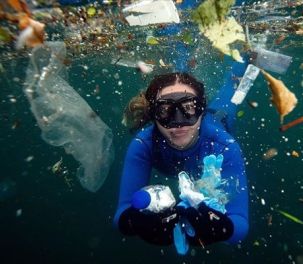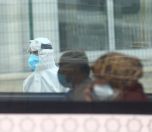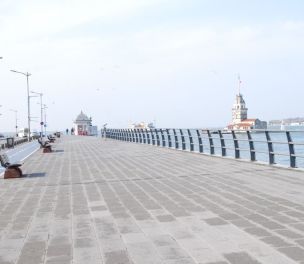Greenpeace: Not Single-Use Plastics, But Hygiene Protects You from Coronavirus

Click to read the article in Turkish
As the demand for single-use plastic products has been increasing amid the coronavirus pandemic, Greenpeace Mediterranean has warned that the virus can live longer on plastic than most other surfaces.
"The plastic sector encourages plastic consumption on the grounds that it is hygienic," the Greenpeace statement said, adding that the plastic industry demands an increased usage of "unnecessary" single-use plastic products such as bags, plates, cups, forks and knives.
Coronavirus can live from two to nine days on plastic surfaces, it further said, citing two scientific studies.*
A plastic producers' foundation stated on March 20 that the usage of single-plastic products has significantly increased since the outbreak spread to Turkey. People prefer to use single plastic products even at home, the Turkish Plastic Industry Foundation (PAGEV) claimed.
Nihan Temiz Ataş, a project development officer at Greenpeace Mediterranean, said that "toxic information that was brought forward by the plastic sector and that has no scientific basis continues to spread."
"We know that hygiene has vital importance in this period but the perception has been created in the public that single-use plastic products protect us from coronavirus," she noted.
"The scientific fact is that the virus can survive on different surfaces for different durations. A material being made from single-use plastic does not reduce the possibility of infection during use," she said, adding that plastic surfaces are one of the places where the virus can survive for the longest time.
"Along with our personal hygiene, we must also think about our future and mustn't form contaminated plastic waste mountains.
"At this point, both state authorities, as the decision-makers, and the industry have a big duty. Good days will come; let's not lay the ground for another environmental disaster today." (TP/VK)
*The articles cited by Greenpeace:
Persistence of coronaviruses on inanimate surfaces and their inactivation with biocidal agents
Aerosol and Surface Stability of SARS-CoV-2 as Compared with SARS-CoV-1









